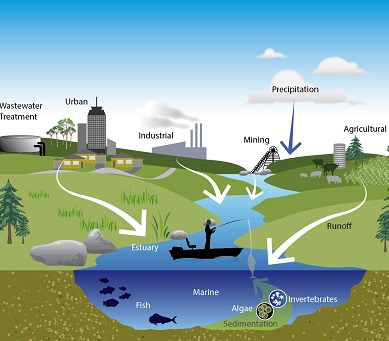
Discover the complex interactions between earth, water, and the environment
Study soil and water chemistry - apply your knowledge in agriculture, health, and environmental management.
- Learn about how soils develop.
- Understand how soil chemistry and fertility affect crop growth.
- Understand the effect of soil pollutants on health and the environment.
- Start studying at any time - study by distance learning.
- Courses can be started anytime from anywhere in the world!